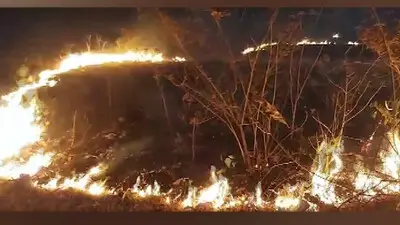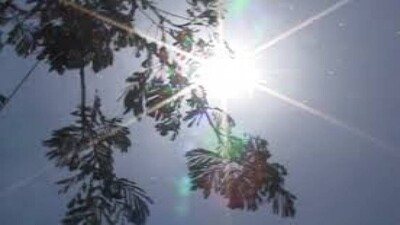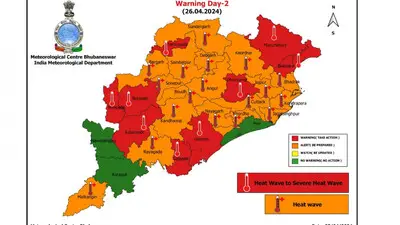Recommended Stories
Balasore: Horseshoe crabs, that once dotted the banks of Khandia river and nearby estuaries here are increasingly falling prey to fishing trawlers and nets, leading to a major decline in their numbers.
The changing ecosystem of the sea is also attributed to be one of the major causes behind the falling numbers of the species popularly known as the blue blood crabs.

The dwindling population has triggered concern among wild life lovers who have demanded for the administration to step in and take immediate steps for conservation of the aquatic arthropods.
“The excessive use of trawlers by fishermen depending on the sea for their livelihood is a major threat for breeding of the aquatic animal,” says Siddharth Pati, a wild life researcher
“The authorities concerned should take immediate steps to construct a fencing around the breeding site along the river so that the animals are not disturbed by the fishing activities,” opined Pati.

While explaining the significance of horseshoe crab in science, Pati said, “The blood of the horseshoe crab is used to test the presence bacteria contamination in medicines and also purify it. Even the scientists in NASA have also used it find out the presence of micro organism in space.”
The blue blood crab’s shell is also used to speed blood clotting and to make absorbable suspensions. However the alarming decline in the population of the creature in the last decade has become a major cause of concern.
“The continuous change in the sea salinity is enormously affecting the breeding ground of horseshoe crab,” Balasore District Forest Officer (DFO), Biswaraj Panda.
“We are ready to take specific steps for conservation of the marine species and construct fencing if directed by authorities concerned,” Panda said.













